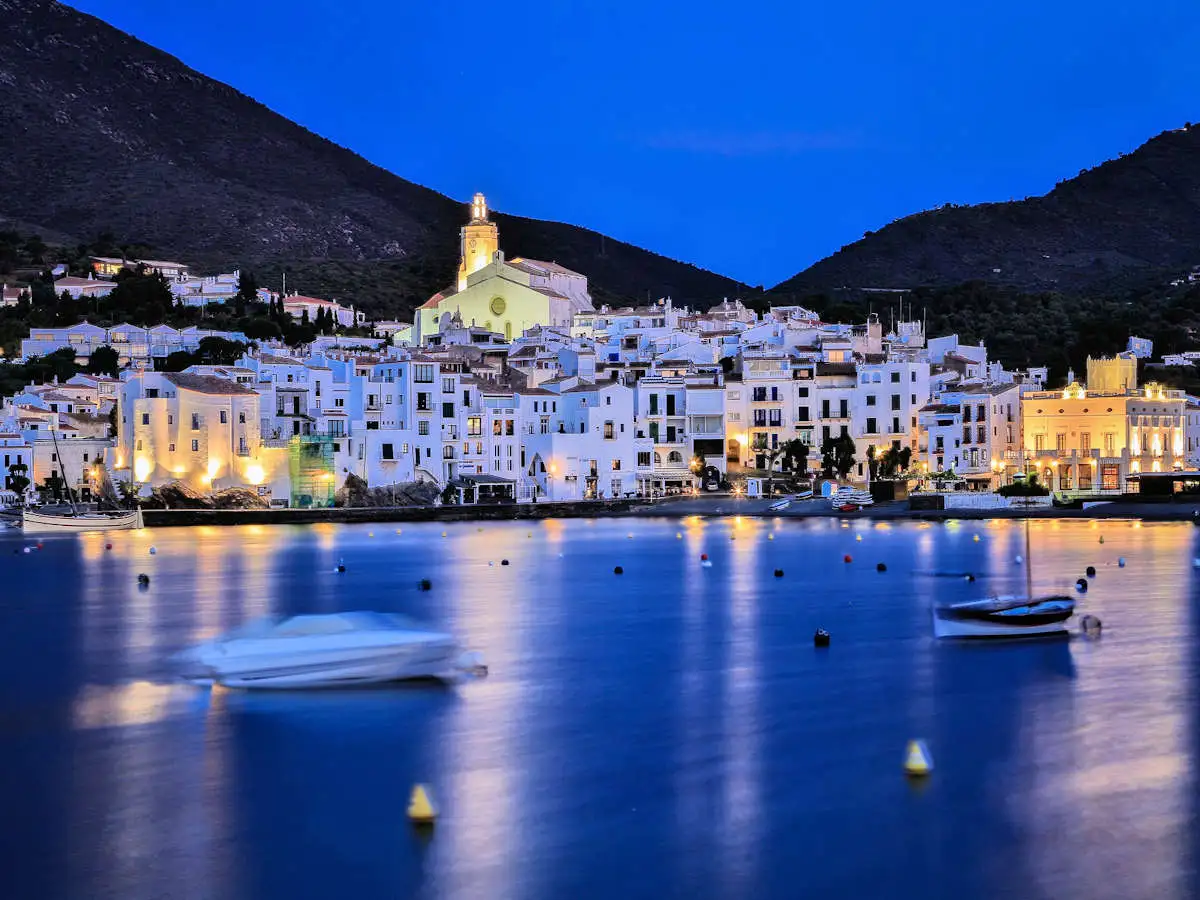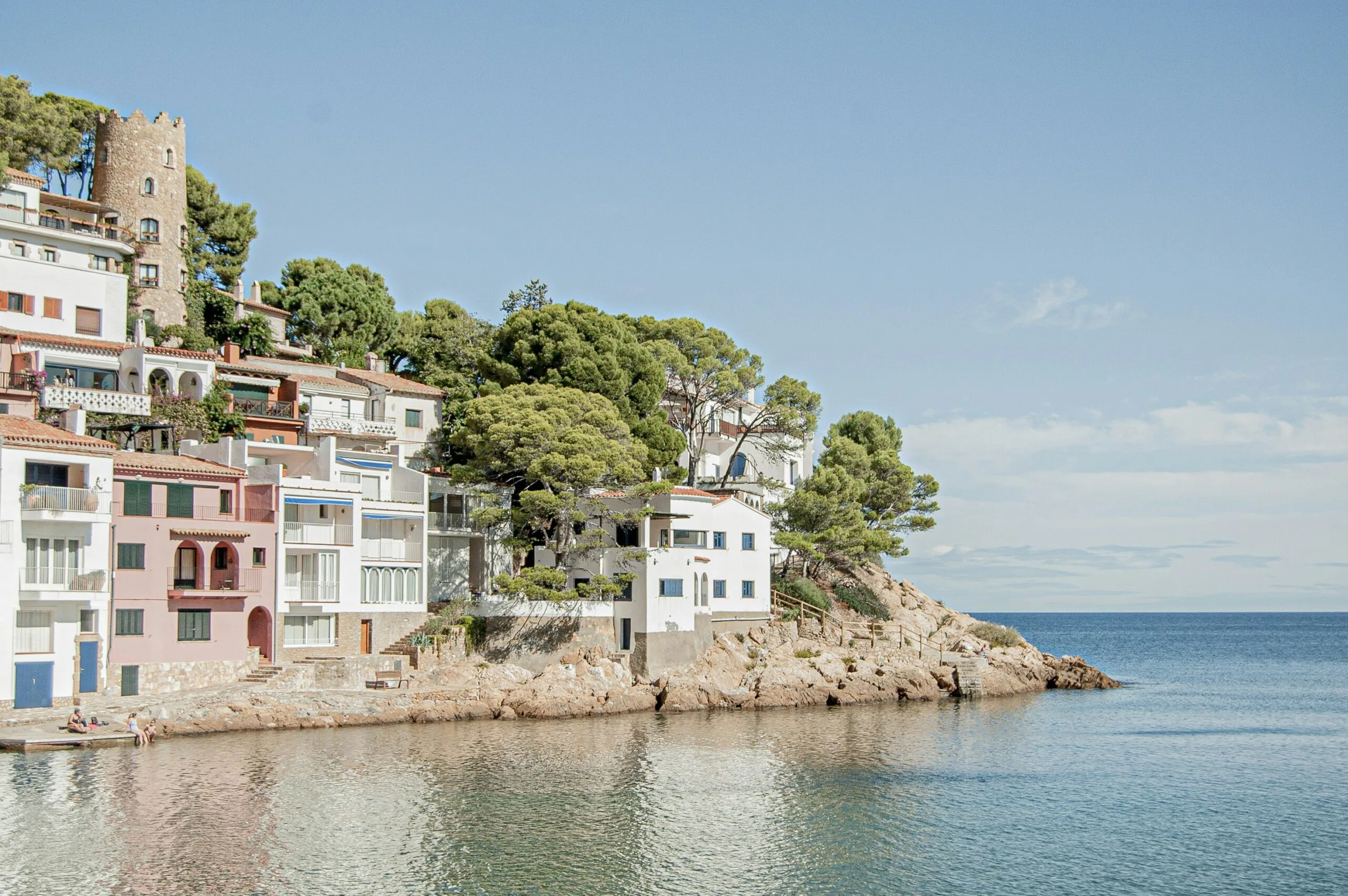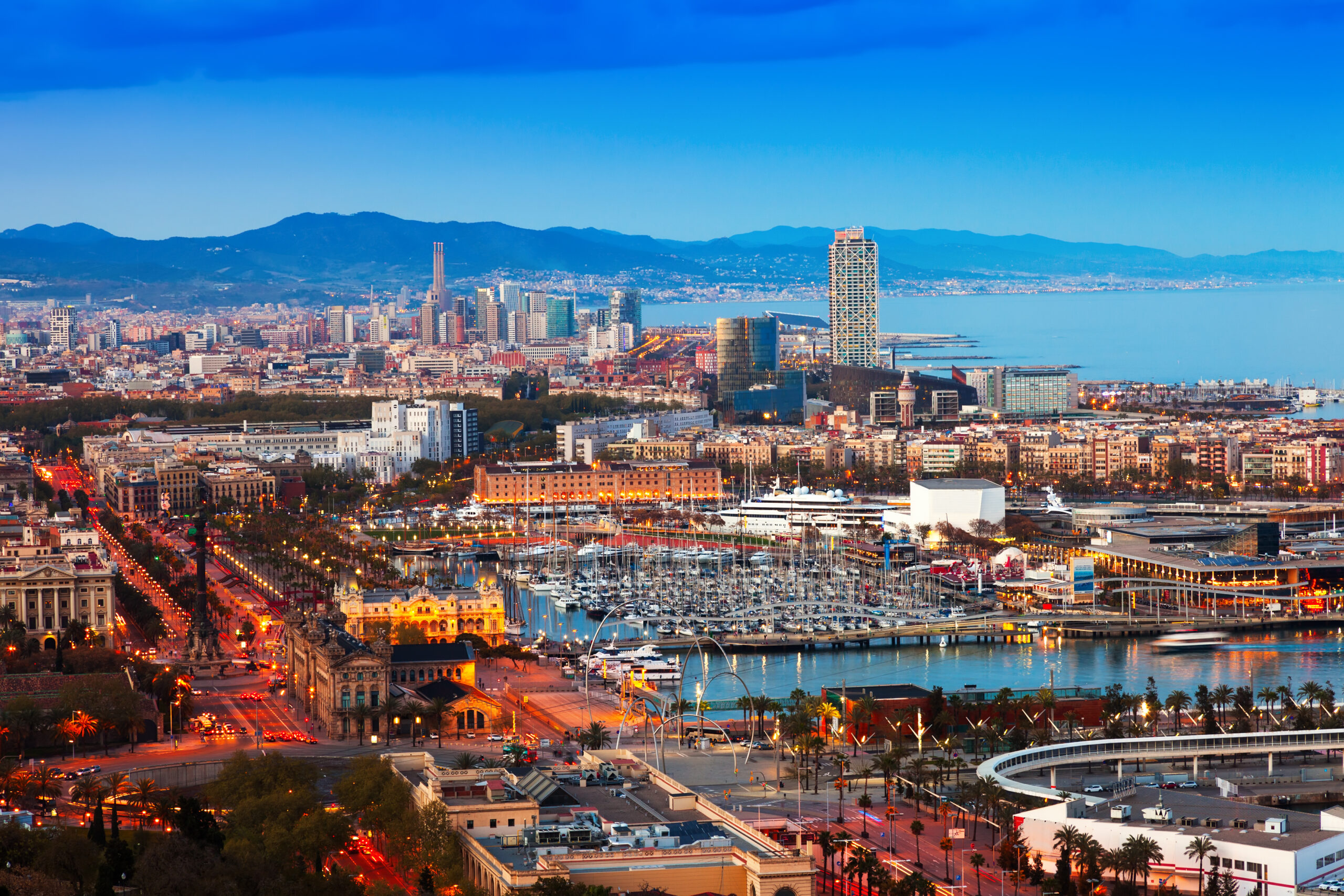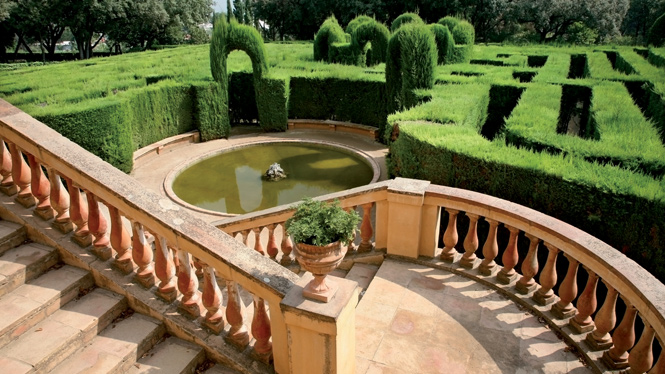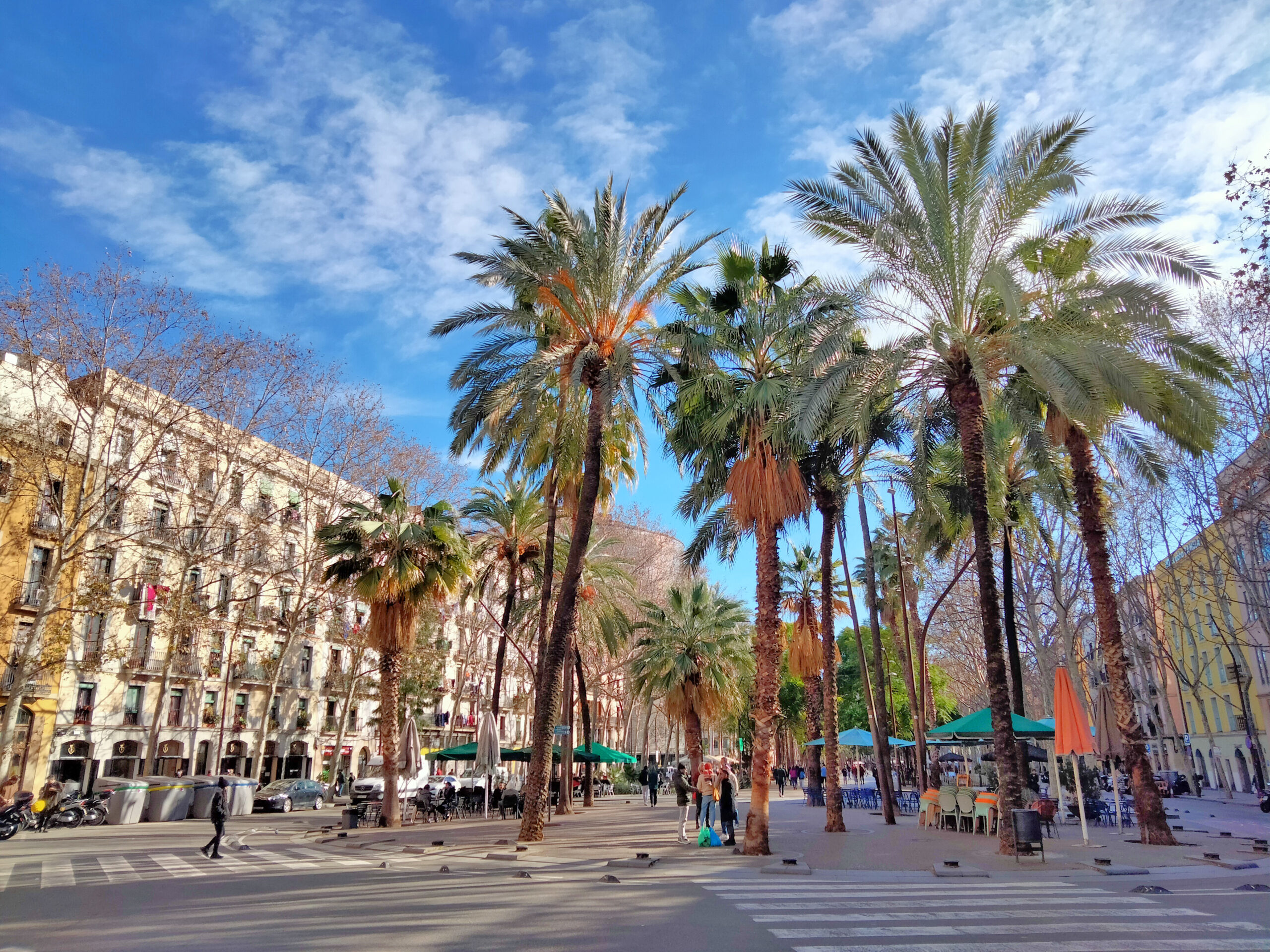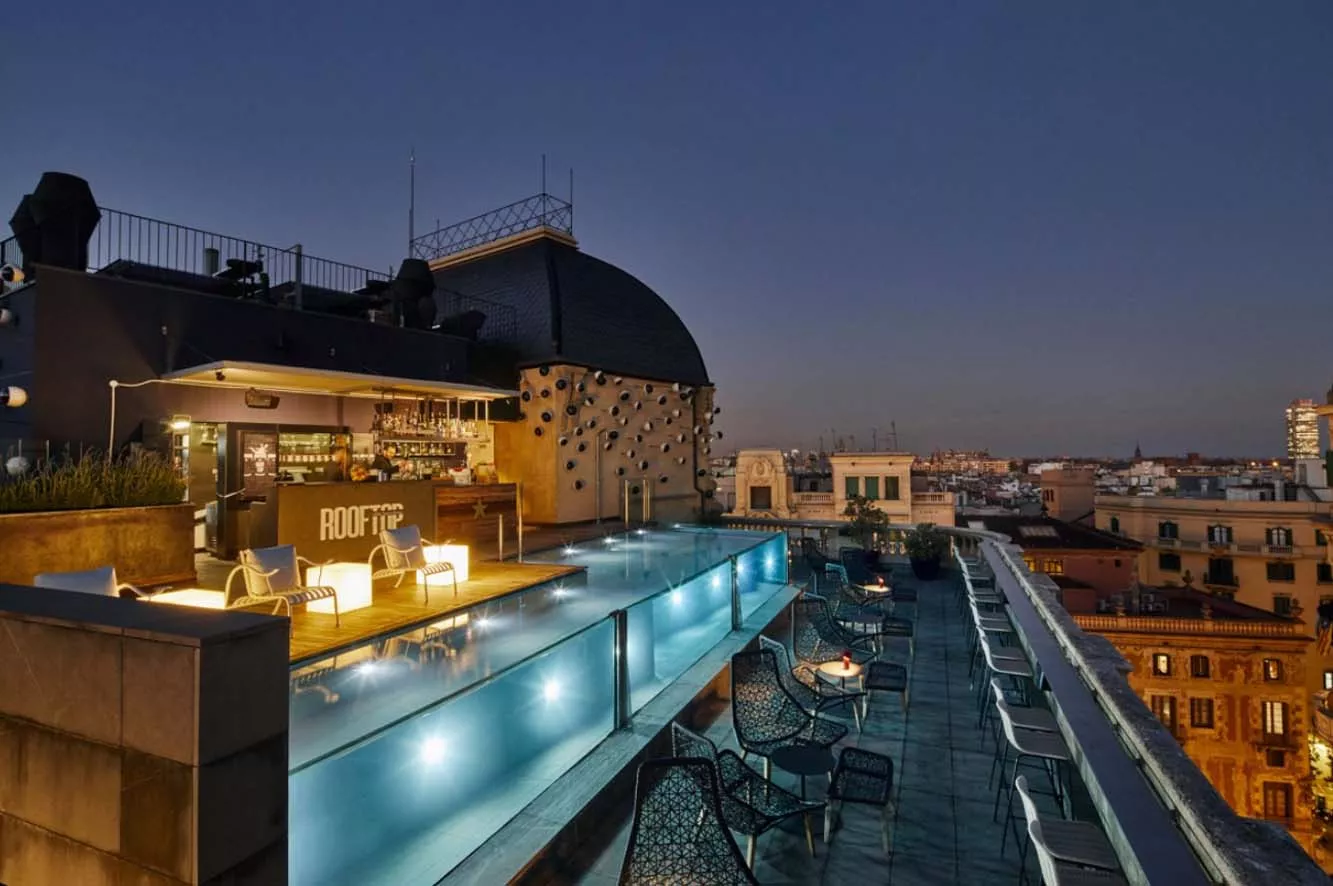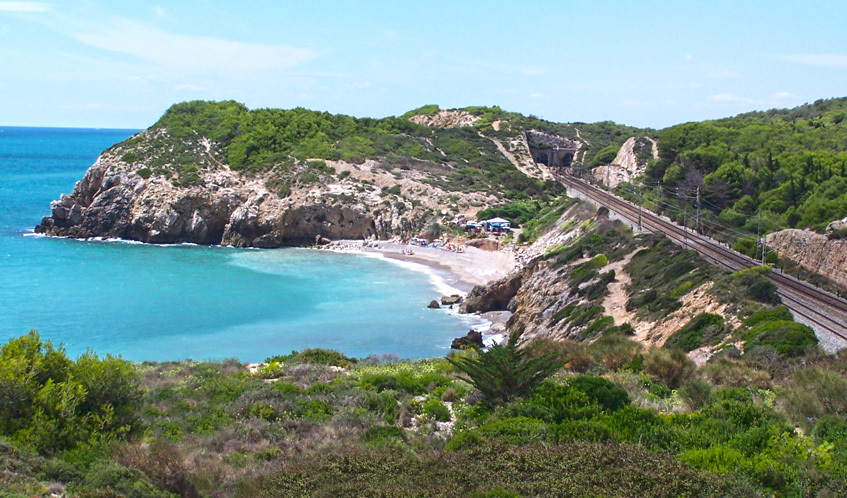The story behind Barcelona’s Ramblas
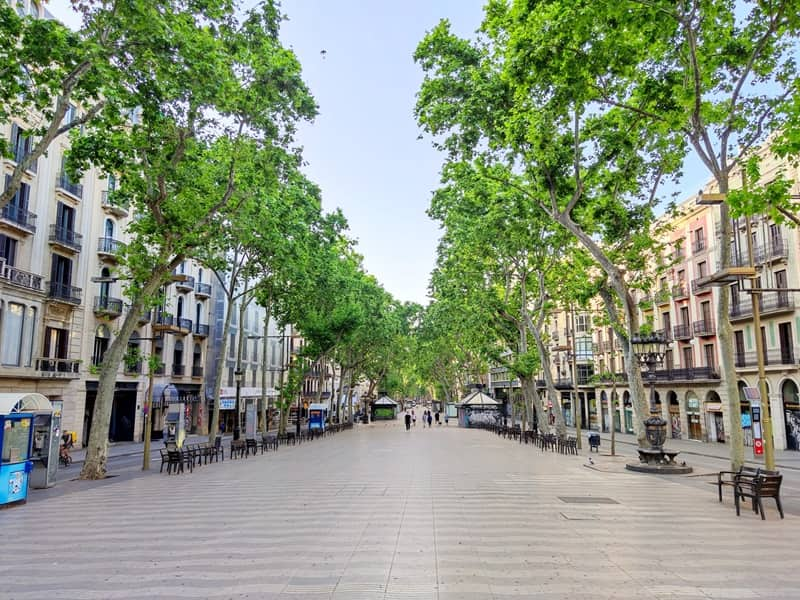
Barcelona’s La Rambla, more than just a thoroughfare, is an emblem of urban history and culture. Running through the heart of the city, this street has witnessed Barcelona’s evolution from a medieval fortress to a cosmopolitan metropolis.
Origins and development
La Rambla was originally a riverbed that separated the old city of Barcelona from the surrounding rural settlements. As the city began to expand in the 12th century , the stream was channeled and the surrounding area paved, giving way to a central promenade.
This road became a vital hub for trade and communication, and over time it transformed into a social and commercial meeting point.
The social and cultural heart
By the 18th century, La Rambla was fully integrated into Barcelona’s urban life. The construction of important buildings such as the Gran Teatre del Liceu in 1847 and the Boquería Market strengthened its role as the city’s cultural and social center.
The cafes, theaters, and bookstores that were established along the Rambla became meeting points for intellectuals, artists, and citizens , contributing to a vibrant cultural landscape.
You might be interested in: Learning about the history of Barcelona’s Born
Transformations in the 20th century
In the 20th century, La Rambla faced numerous challenges and changes, from the Spanish Civil War to urban modernization. Despite these turbulences, the street maintained its distinctive character and continued to attract tourists from around the world.
The implementation of pedestrian zones and the reduction of vehicular traffic in the 1960s and 1970s reinforced its function as a social and recreational space.
La Rambla today
Today, La Rambla is a fusion of its rich historical heritage and modernity. Measuring approximately 1.2 kilometers in length, it stretches from Plaza Cataluña to the Christopher Columbus Monument at the port.
The street is alive with street performers, street vendors, and a variety of shops offering everything from souvenirs to local gourmet products. It’s a place where both locals and visitors mingle, enjoying the unique atmosphere that Barcelona has to offer.
Events and celebrations
La Rambla is also famous for hosting various cultural events and festivities throughout the year. From art and music festivals to traditional Catalan celebrations , La Rambla offers a window into Barcelona’s diversity and creativity.
These events attract a global audience and serve as a reminder of the importance of La Rambla as a cultural center.
La Rambla is not just a tourist attraction; it’s a living testament to Barcelona’s history, reflecting its evolution from a medieval thoroughfare to a vibrant cultural corridor. Its ability to adapt and transform over the centuries makes it a fascinating study of urban life and cultural identity.
For those who want to discover more about this iconic waterway and explore the beauty of Barcelona from the sea, This Is Med offers excursions and events that complement the experience of exploring the city by land and water.

